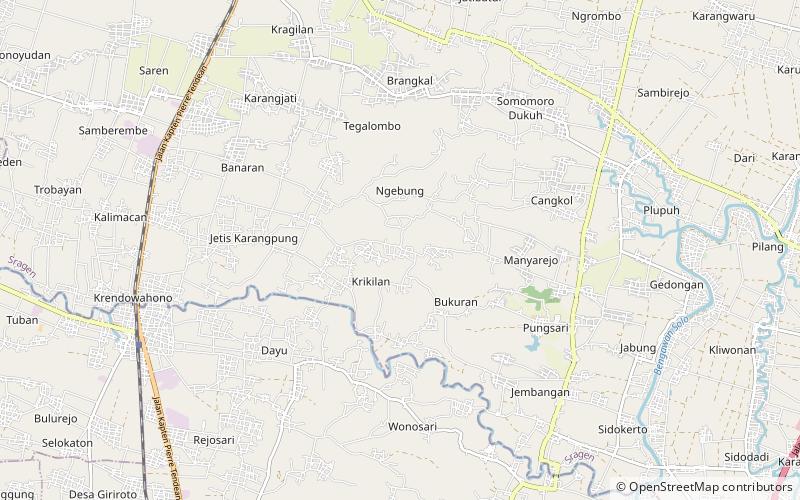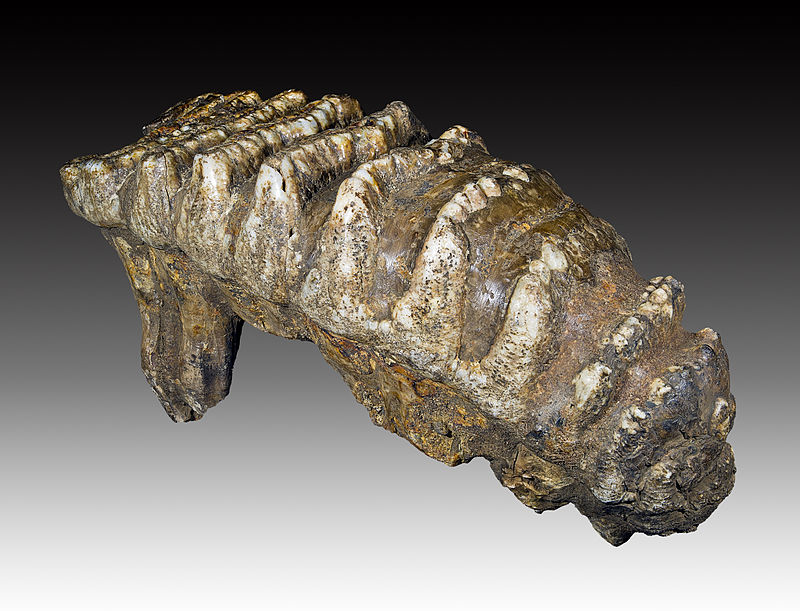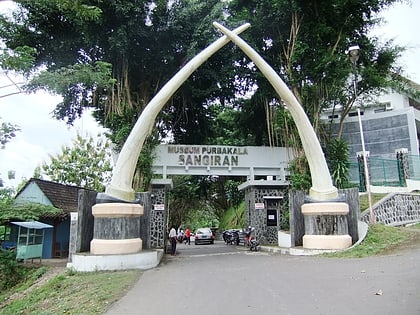Sangiran


Facts and practical information
Sangiran, located in Central Java, Indonesia, is a significant archaeological excavation site and museum that offers a fascinating glimpse into early human history. Renowned for its rich fossil deposits, the area has been recognized as a UNESCO World Heritage Site, drawing both researchers and tourists from around the globe.
This prominent site is primarily celebrated for its substantial contribution to our understanding of human evolution. The Sangiran Dome area has yielded more than half of the world's Homo erectus fossils, making it a pivotal location for the study of these ancient hominids. The museum itself serves as a repository and exhibition space for the myriad of fossils and artifacts unearthed in the region, including ancient human skulls that are over one million years old.
The Sangiran Museum not only displays these prehistoric finds but also educates visitors on the geological and anthropological context in which they were discovered. Interactive displays and informative tours offer insights into the excavation process and the significance of the findings. The museum's design, which integrates seamlessly with the surrounding landscape, further enhances the visitor experience, emphasizing the connection between the artifacts and the land that cradled early human life.
Central Java
